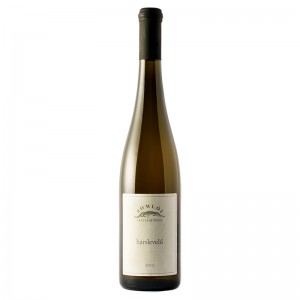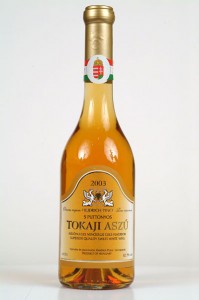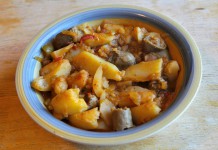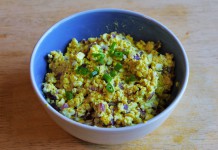Hungarian is one of only two European languages, which has its own word for  ‘wine’ (bor) that is not derived from Latin. This means that the ancient Hungarians already had contact with grapes and wine over a thousand years ago. The climate and the soil are perfect for wine making in Hungary and this small country embraces 22 wine regions, each with a different microclimate producing different tastes and styles.
‘wine’ (bor) that is not derived from Latin. This means that the ancient Hungarians already had contact with grapes and wine over a thousand years ago. The climate and the soil are perfect for wine making in Hungary and this small country embraces 22 wine regions, each with a different microclimate producing different tastes and styles.
From the Vineyards to the King’s Court
- 5th century AD: the Romans brought vines to Pannonia, after this there are records of extensive vineyards in Hungary
- 896 AD: Árpád, the head of the confederation of the Hungarian tribes, rewarded his followers with vineyards in Tokaj following their invasion of the region
- Following centuries: new grape varieties were brought in from Italy and France, most of the production was of white wine
- 16th century:
- During the invasion of Suleiman the Magnificent, displaced Serbs brought the red Kadarka grape to Eger. This ancient variety was used to make the robust red wine blend later known as Bull’s Blood, after the supposed secret ingredient in the wine that fortified the defenders of Eger in 1552.
- The Tokaj region became known for dessert wines, harvested late to encourage noble rot. Tokaji aszú is mentioned in a document of 1571, and it was famously christened by Louis XIV of France (1638-1715) “Vinum Regum, Rex Vinorum” – Wine of Kings, King of Wines.
Grapes originated in Hungary and the characteristics of the wine made from them:
- Ezerjó, the sweet dessert wine
- Hárslevelű, the full-bodied, green-gold wine
- Irsai Oliver, the one with the fragrance of tropical fruits and lemon
- Cserszegi Fűszeres, the spicy wine
- Királyleányka, the dry and fresh
- Furmint, the sweet wheat-gold wine
- Juhfark, the one with the sweetest name (It means: sheep’s tail)
- Kéknyelű, the full bodied, smokey wine
Wine Regions for a Day Trip – Wine not?
Fortunately many of Hungary’s wine regions are within a few hours’ drive from Budapest. What are you waiting for?
Etyek-Buda
Get away from the hustle and bustle of Budapest! Consider a day trip to the Etyek-Buda wine region. Etyek-Buda is the closest and most suitable for a day trip.
Eger
In the north of Hungary, Eger is renowned for elegant reds, in particular its Bikavér (The Bull’s Blood) blends. This region is often referred to as the Burgundy of Hungary.
Villány
If Eger is the Burgundy of Hungary, then Villány (some would argue along with it’s rival Szekszárd) is Bordeaux. It’s Bordeaux tipe cuvées , made from Cabernet Franc, Cabernet Savignon and Merlot, are international price winners.
Tokaj
The town of Tokaj is a beautiful place in the North East of the country, in the foothills of the Carpathian Mountains. Best known for its sweet Tokaji Aszu wines, and the Furmint, Harselevelu and Muscat grapes that it contains, although we are also seeing increasing numbers of dry whites emerging from the region.
Wines to try while in Budapest:
-
Nyakas – Budai Chardonnay 2014
 Intense aroma. Emphasized acidity, mineral, good impact with right balances, long aftertaste.
Intense aroma. Emphasized acidity, mineral, good impact with right balances, long aftertaste.
-
Somlói Apátsági Pince – Hárslevelű 2011

Medium gold color. It’s aroma, on the first glance, is a bit tight, dried fruits and linden flower are mixed in the flavor.
 Tokaji Aszú
Tokaji Aszú
Hungary’s most famous dessert wine. The grapes are harvested late to encourage noble rot. There are four tipes: 3 to 6 “Puttonyos”. The higher the “Puttonyos” number, the sweeter, and more expensive the wine. It is often enjoyed with some great quality Hungarian foie gras.
-
Simon- Kadarka 2013

Made of the Hungarian grape, Kadarka. Ruby colour, good to drink well-balanced elegant wine with velvety tannins. Won the International Kadarka Price.
-
Sauska – Cuvée 13 2011

Combination of mainly Bordeaux specialties. Color: ruby red. Thanks to the reductive processing method, its aroma and palate is dominated by fresh fruits.
-
St. Andrea – Áldás Egri Bikavér 2008

The Bull’s Blood. This wine has a nice ruby color and spicy, mulberry scent. When tasting, flavors remind us of mulberry and cherry. It is a moderately full wine, and a harmonious one.






